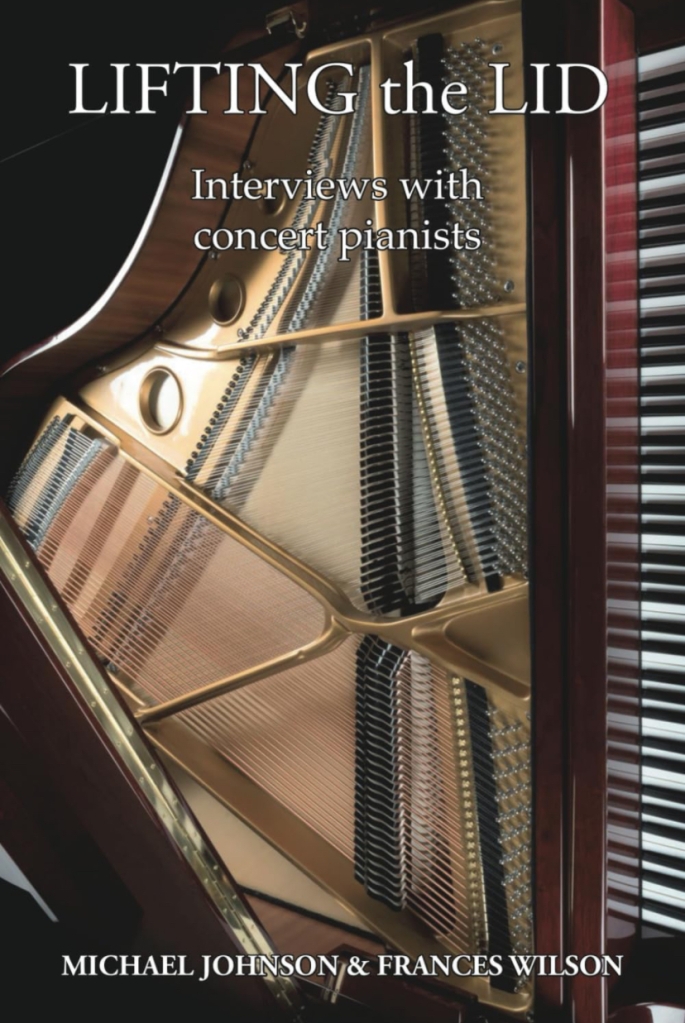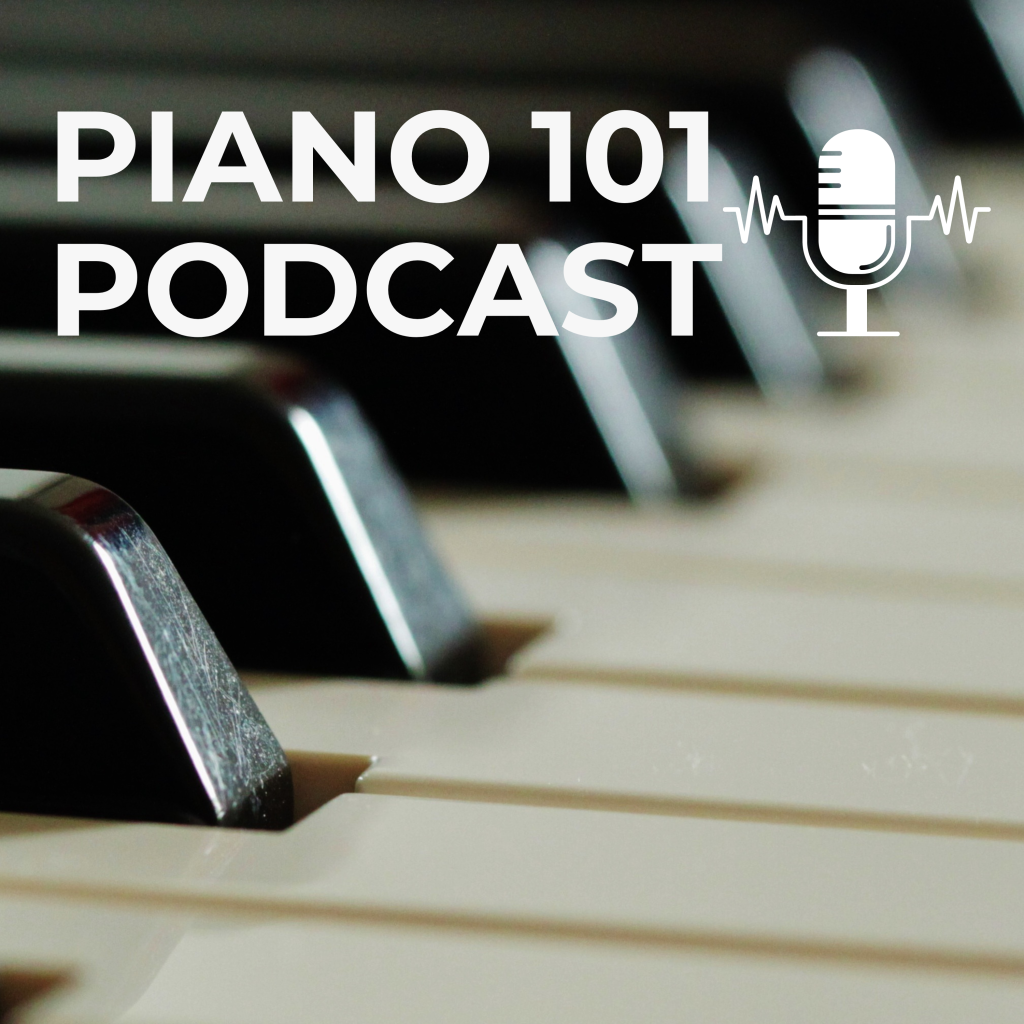I am without a piano until early August when my new (old!) grand piano arrives. After the initial sense of loss after saying goodbye to my trusty Yamaha upright has worn off (on seeing my despondent face this morning, the time when I am usually busy practising, my husband suggested asking for the Bechstein to be delivered sooner), I am going to try practising in a different way – without a piano.
There is much to be gained from working away from the piano and the ‘distraction’ of the keyboard: reading, analysing and annotating the score, marking up fingering schemes, cutting through the music to the heart of what it is about, its subtleties and balance of structure, studying style, the contextual background which provides invaluable insights into the way it should be interpreted, listening to recordings by others.
Reading: I habitually read scores in bed, having given up reading novels when I embarked on my diploma studies. I tend to read a score in a general way initially, for overall structure and shape, patterns and “colours” (this visual aspect is very important in my learning method, my synaesthesia assisting in the process). In a busy or complex score, such as the Messiaen I am learning at present (Regard de l’Etoile and Regard de la Croix), where there are some awkward chord clusters, I like to have a good idea of the shapes of the music imprinted in my mind’s eye. This also helps with memory work. Detailed reading comes with a careful analysis of the structure of the music, including a careful reading of the separate parts for left and right hand, and highlighting any potential pitfalls, or very tricky/awkward sections.
Another aspect of “reading” is reading around the score – i.e. books on music and composer, from detailed analaysis to performance practice and general commentaries, and programme notes.
Listening: Another important aspect of the learning process, there is useful work to be done by simply listening to other people’s interpretations of a piece or pieces on which I am working. This is not to imitate another’s reading of a work, but to gain insights or ideas, particularly for performance practice. For example, I have been enjoying Schiff’s recording of Bach’s Fifth French Suite, which I am working on at present. His treatment of ornaments in the repeats of the ‘Allemande’ is interesting and worth considering when I return to the keyboard.
And like “reading around”, there is useful work to be done “listening around” the music I am studying – again for historical context, stylistic considerations, interpretation etc. (I have a Spotify playlist called “For Reference” which I where I collect tracks which inform my current learning.)
Thinking: This may seem rather vague, but I spend a good deal of time thinking about the music I am learning, often when I am far away from the piano, such as on the District Line on a Monday morning on the way to my other job. This includes memory work (aural, visual and kinesthetic), “imagining the sound”, considering interpretative aspects, communication and emotion. This sits rather well with my teacher’s maxim “think before you play”.
Inspirations: Going to concerts provides me with some of the most potent and exciting inspirations – and it doesn’t have to be piano music either.






